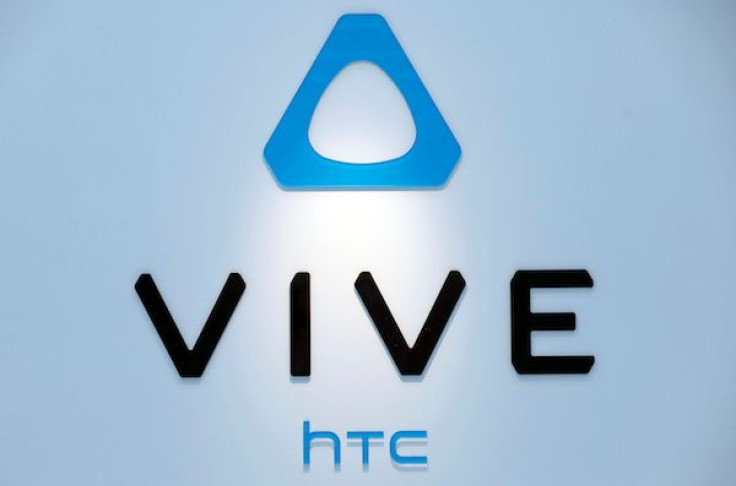Vive Pro vs. Vive: Is HTC’s New VR Headset Worth The Upgrade?

HTC debuted a revamped version of its 2016 VR headset, called HTC Vive, on Monday. The new device is named HTC Vive Pro, but does it really live up to its “Pro” label in terms of its features?
When the Taiwanese company introduced its HTC Vive Pro VR hardware at the Las Vegas event, it emphasized that the new VR headset is an “upgrade” from its predecessor because it is built to deliver the best display and audio experiences to VR enthusiasts. It has dual-OLED displays, high-performance headphones and a built-in amplifier so that what users only see and hear crisp picture and rich sounds, respectively.
“There’s a clear need in the VR market for a premium VR experience with high resolution display, integrated audio and the best components available today in a headset,” Vive’s Daniel O’Brien said of the new VR headset. “Vive Pro offers an immediate upgrade for both VR enthusiasts and enterprises that want to utilize the best VR experience.”
The Verge pointed out that the Vive Pro is obviously designed to address the shortcomings of the Vive headset. For example, the resolution of the displays in the Vive Pro is larger than that of the Vive headset. The former’s display has 2880x1600 or 1400x1600 per eye resolution, while the latter’s screen has a resolution of 2160x1200 or 1080x1200 per eye.
The enhanced resolution on the Vive Pro’s dual-OLED displays translates to clear text rendering and overall graphics. The upgraded resolution also puts the Vive Pro on par with Samsung’s Odyssey headset and makes it a better option than the Oculus Rift in terms of this aspect.
HTC also saw to it that its new device will be capable of producing an overall richer sound experience, so it equipped it with the right audio components. The company even included dual microphones and active noise cancellation to further secure an immersive experience for users. Also present in the Vive Pro are front-facing cameras that HTC hopes will encourage developers to unleash their creativity when making content for VR headsets.
The hardware modifications that HTC did make Vive Pro appear less clunky than the original Vive. Moreover, the addition of the blue color to certain parts of the head-mounted device makes it livelier and more interesting and enticing than its predecessor.
HTC has yet to announce the release date and pricing of the Vive Pro, but it did say that these details should become available to everyone “soon.” The current Vive is going to remain on sale throughout this year. It’s understandable if the launch of the new Vive Pro will affect the sales of the original Vive though. From the specs and features of the new VR headset that have been revealed thus far, it’s easy to tell that the Vive Pro is a worthy upgrade to the first Vive headset.
© Copyright IBTimes 2024. All rights reserved.











